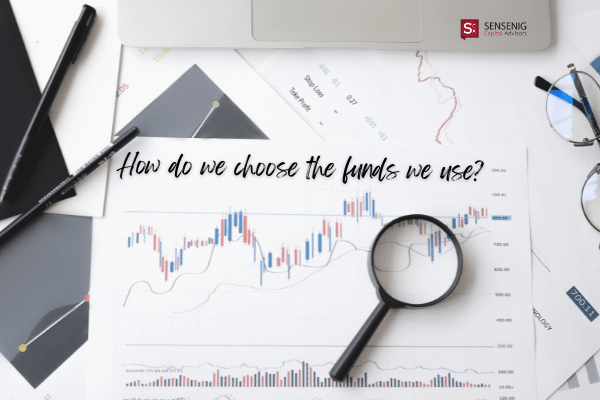It’s hard to dispute the fact that this has been one of the slowest economic recoveries in our country’s history. There has been no shortage of talk about this topic in the race for the presidency either. Nevertheless, many investors assume that the time frame for an economic recovery is similar to that of a stock market recovery. Remember the timeless quote, “It’s hard to see the forest through the trees.” This notion is certainly applicable when we are in a recessionary environment. Below we highlight several recessionary time periods in order to add perspective to the idea that while they are correlated in some ways, recoveries of both an economic and stock market nature are not one in the same.
The last four recessions have looked different in terms of length, stock market performance, unemployment rates, and subsequent recovery. In each of the last four recessions prior to 2007, unemployment rates peaked after the recession ended. Stock markets tend to be a leading indicator of economic prosperity, and in each case, the S&P 500 Index started to rebound before the end of the recession was announced.
Mid 1970s & 1980s
The recessions during the mid 1970s and early 1980s each lasted 17 months. There was no formal announcement of the 1973-75 recession because the National Bureau of Economic Research (NBER) did not announce business cycles prior to 1979. However, the NBER announced the 1981-82 recession 6 months after it began, and announced the recession’s end 8 months into the next recovery.
In both recessions, unemployment peaked after the US economy had rebounded. Although the stock market declined early in both down cycles, stocks had begun to recover before the onset of each business upturn.
Early 1990s & 2000s
In both the early 1990s and 2000, the recessions lasted nine months each, but were not announced until after they were over. Moreover, the NBER did not announce each recession’s end until almost two years later. Unemployment also peaked in the months prior to the official end.
In the 1990s recession, the market began its recovery before the end. Conversely, the market languished for two years before rebounding after the 2001 downturn. This provides additional evidence that the stock market does not behave predictably through business cycles.
Early 2007 – Late 2011
The recent economic downturn began in December 2007, although it was not officially announced until a year later, in December 2008, and lasted two and a half years.
Investors should concentrate on maintaining discipline throughout business cycles rather than attempting to time them. There is no reliable way to identify when stocks are poised for recovery, and past business activity does not offer any insight. The stock market looks to the future and incorporates information into prices more quickly and efficiently than experts can collect business data and analyze it.

![Microsoft PowerPoint - Recessionary_Periods [Compatibility Mode]](https://sensenigcapital.com//wp-content/uploads/2012/10/Recessionary_Periods1-300x231.jpg)
![Microsoft PowerPoint - Recessionary_Periods [Compatibility Mode]](https://sensenigcapital.com//wp-content/uploads/2012/10/Recessionary_Periods2-300x231.jpg)
![Microsoft PowerPoint - Recessionary_Periods [Compatibility Mode]](https://sensenigcapital.com//wp-content/uploads/2012/10/Recessionary_Periods3-300x231.jpg)


